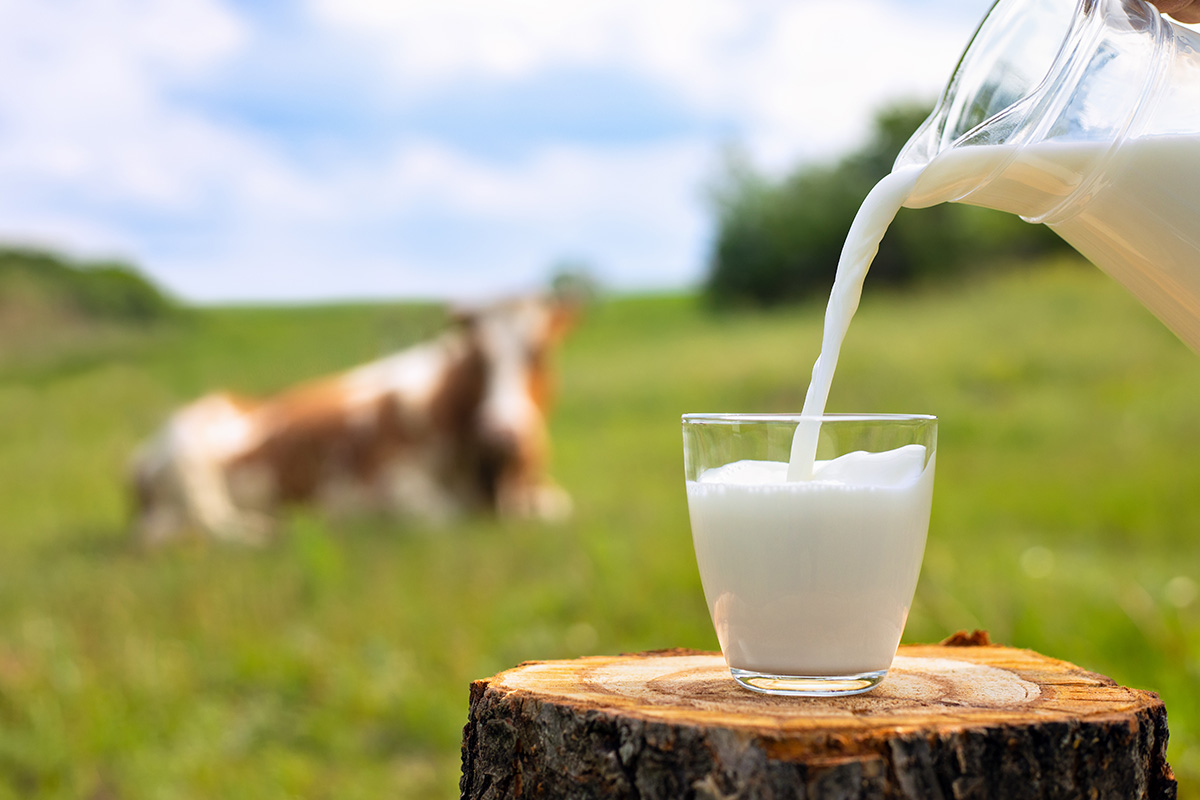The National Milk Producers Federation and the International Dairy Foods Association have proposed a Milk Crisis Plan for the U.S. Department of Agriculture that will address the excess supply in the face of a collapsed food service industry in this COVID-19 pandemic.
“The collapse of the food service industry, massive economic insecurity, export disruptions and seasonally rising milk supply are creating a massive gap between dairy supply and demand,” according to the proposal. “We estimate that supply exceeds demand by at least 10%, a gap that could widen as supply increases to its seasonal peak and as ‘shelter in place’ conditions endure.”
Several processing plants are either curtailing or ceasing operations, and canceling their milk orders, which has caused producers and cooperatives to begin dumping milk. NMPF and IDFA quote second quarter CME Class III milk futures closed at $13.14 per hundredweight on April 3, with Class IV at $11.35. Meanwhile, farm margins over feed costs are projected to be $5.80 per hundredweight. for the second quarter and $6.76 into the third quarter.
All this is occurring while 10 million Americans have lost jobs due to COVID-19 responses and are relying on food banks to fill their pantries at home.
The Milk Crisis Plan is a multi-pronged approach to address needs for producers, processors and consumers.
Producer initiatives
First, producers need to be encouraged to reduce their excess supply, so the plan proposes paying producers $3 per hundredweight on 90% of their production, if they cut production by 10% from a March 2020 baseline. That program would run from April to September 2020. Payments during any of those 6 months would be suspended if the average of the Class III and Class IV prices are greater than $16 per hundredweight.
Second, producers and handlers should be compensated for milk that had to be disposed of because of supply chain disruptions from the COVID-19 pandemic. So, for the months of April, May and June, the peak milk production season in the United States, the proposal wants the USDA to provide coverage of milk at the USDA Class IV or lowest value Class price. It can be administered through the Agricultural Marketing Service’s FMMO audit function.
Processor initiatives
Next, processors will need loan programs to get through the gap. First, the Milk Crisis Plain proposes a recourse loan program that can support working capital. The USDA program would expand available working capital for processors so that they could carry heavier inventories and reduce their financial and liquidity risk. The loans would only cover ingredient costs, not packaging or plant margins or warehouse costs.
A forgivable loan program, modeled on the Small Business Administration’s program, would support plant operations. Those processors that are enduring significant cuts in sales and receive loans in this proposed program would still have to purchase milk from dairy producers and maintain their staffing. The loans would be forgiven after a stated period of compliance.
Consumer initiatives
To meet the need of additional food bank demand, USDA in this plan would immediately begin to purchase substantial volumes of dairy products for feeding programs. According to the Milk Crisis Plan, that would create demand and stabilize markets, while also ensuring food security. The plan estimated that 2020 Food Bank needs for butter, cheese, fresh milk and powdered milk would total 607 million pounds at a cost of $525 million.
The plan also proposes eliminating restrictions that limit consumer choices in the WIC and School Lunch programs through 2020. From taking away mandates on container sizes, to allowing all fat levels for cheese and yogurt, to stopping the mandate of 1% milk for women and children older than 2 years. It also proposes that school meals should continued to be allowed to operate under Summer Food Service Program rules, which permit all fat levels and types of milk and allow for more than 8 ounces of milk to be offered with meals.
Other initiatives
The NMPF-IDFA proposal also wants to reopen the DMC Program and allow producers to retroactively sign up for 2020 DMC coverage as an extension of producer financial safety net support.
Both organizations also urge the Food and Nutrition Service to use the $15.8 billion for Supplemental Nutrition Assistance Program in the CARES Act to increase recipients’ buying power. Right now, according to the proposal, the average American household spends about $700 per month on food, while the max SNAP monthly allotment for a family of four is $450 per month. SNAP households spend 11% of that allotment on dairy, with the No. 1 purchased good in SNAP being white fluid milk. This increase in SNAP household spending power would also rely on the existing supply chain of processors and retail grocery stores.
To read more about the proposed plan, visit https://www.idfa.org/wordpress/wp-content/uploads/2020/04/NMPF-IDFA-COVID-19-Mitigation-Proposal-040620_FINAL.pdf
Jennifer M. Latzke can be reached at 620-227-1807 or [email protected].


